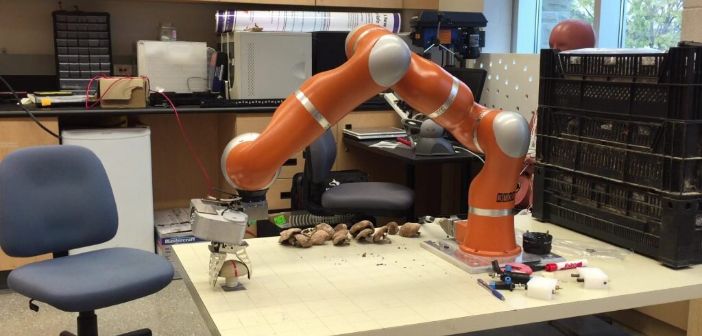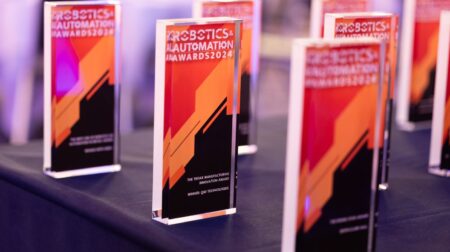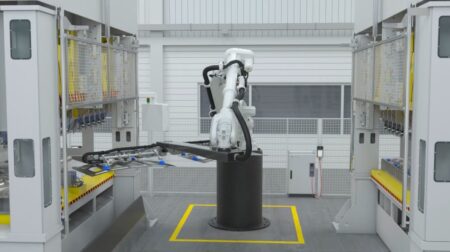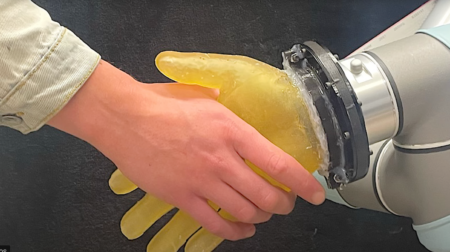Robotics engineers at The University of Western Ontario, Canada, have developed an autonomous mushroom harvester to assist with labour shortages and the demand for sustainable agriculture.
In a 10-year project, engineering professor Mehrdad R. Kermani and his team worked to develop the prototype for what is now the first commercialised robotic harvesting system of its kind.
“When we first started the project, we had no specific data or approaches to reference,” Kermani said. “We basically started from scratch.”
He added: “If you go to a mushroom farm, the first thing you notice is that mushrooms are very dense and there is quite a lot of them growing in the beds. Humans have the dexterity to easily grasp the mushroom. From time to time, they may change their manoeuvre in order to pick it properly.
“It’s not always the same movement. Sometimes they bend it, sometimes they twist it and sometimes it’s a combination of both. It really depends on how they feel that mushroom.
“When you translate that into code for a machine, it’s not a very intuitive thing,” Kermani said.
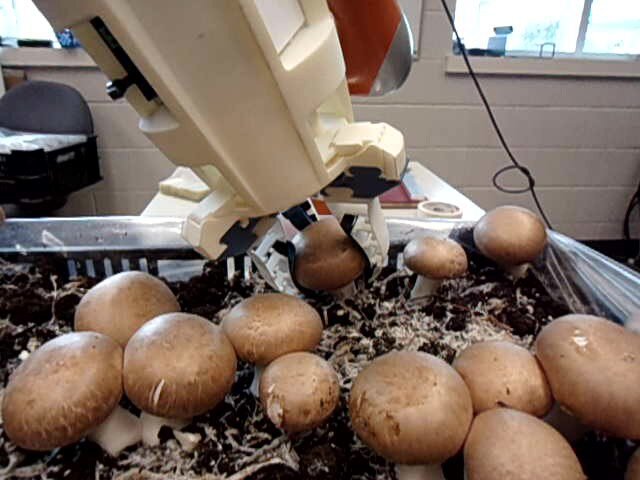
The first prototype allowed the team to experiment and perfect the picking mechanism, achieving a “soft touch,” that avoided spoiling the easily-bruised mushrooms. The second challenge was “teaching” the robot to recognise when a mushroom was ready to be picked.
With the capability to work 24-hour shifts, the robotic system can scan a mushroom and, if it is not ripe, make note to return at just the right moment a few hours later.
The system was then tested on a local farm which led to its owner Murray Good founding robotic harvesting robot firm Mycionics. To see research and knowledge transferred into an application is “a very good feeling,” Kermani said. “We know there’s a shortage of labour, (and with an increasing global) population, we need to produce more food, and keep it at a sustainable price.”

